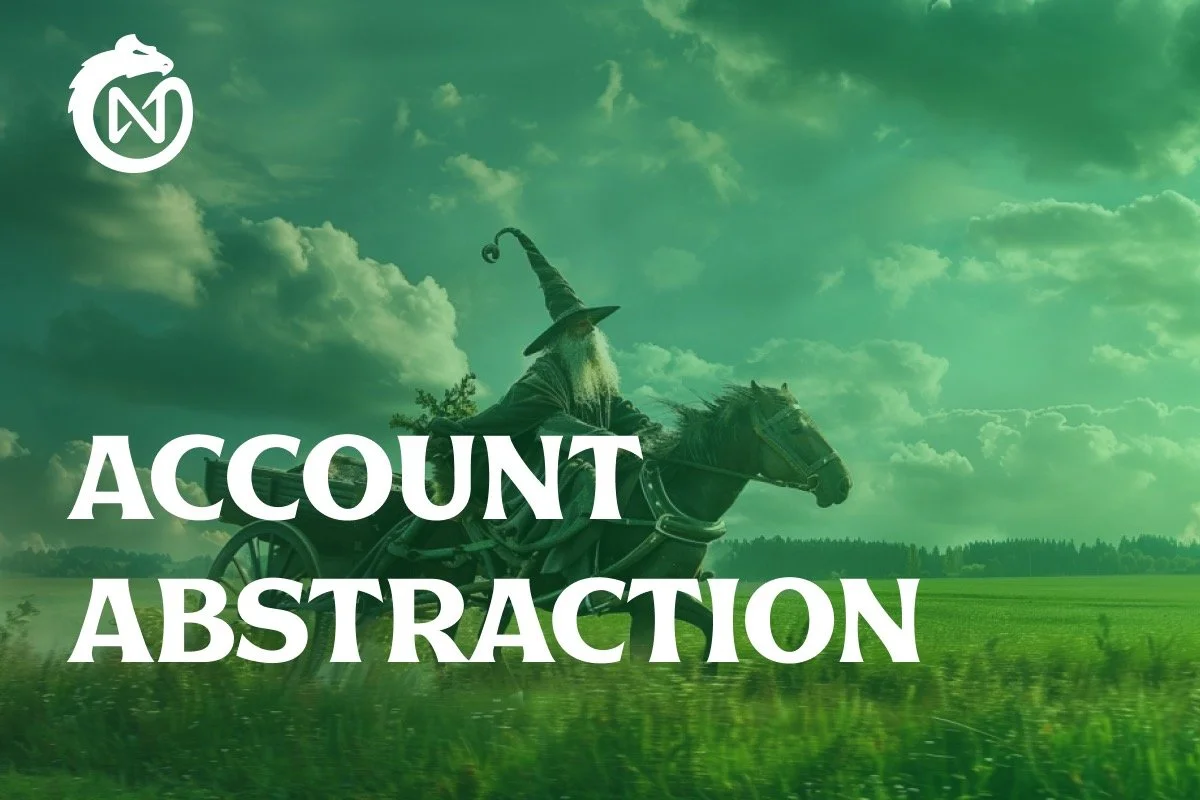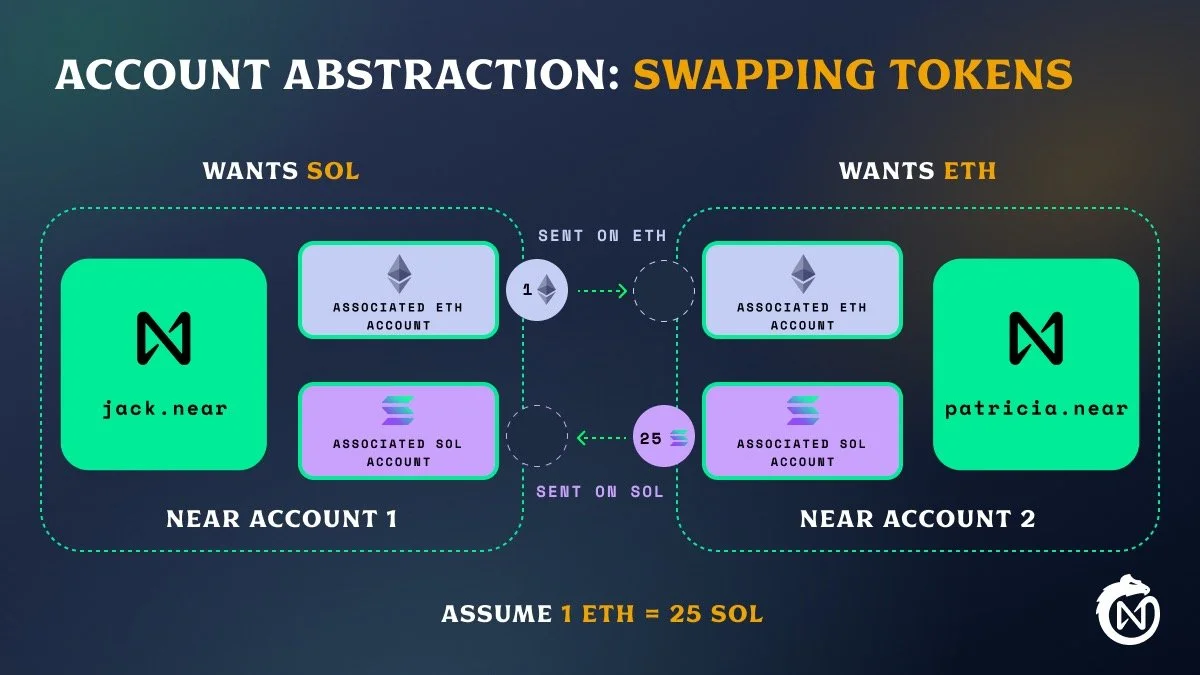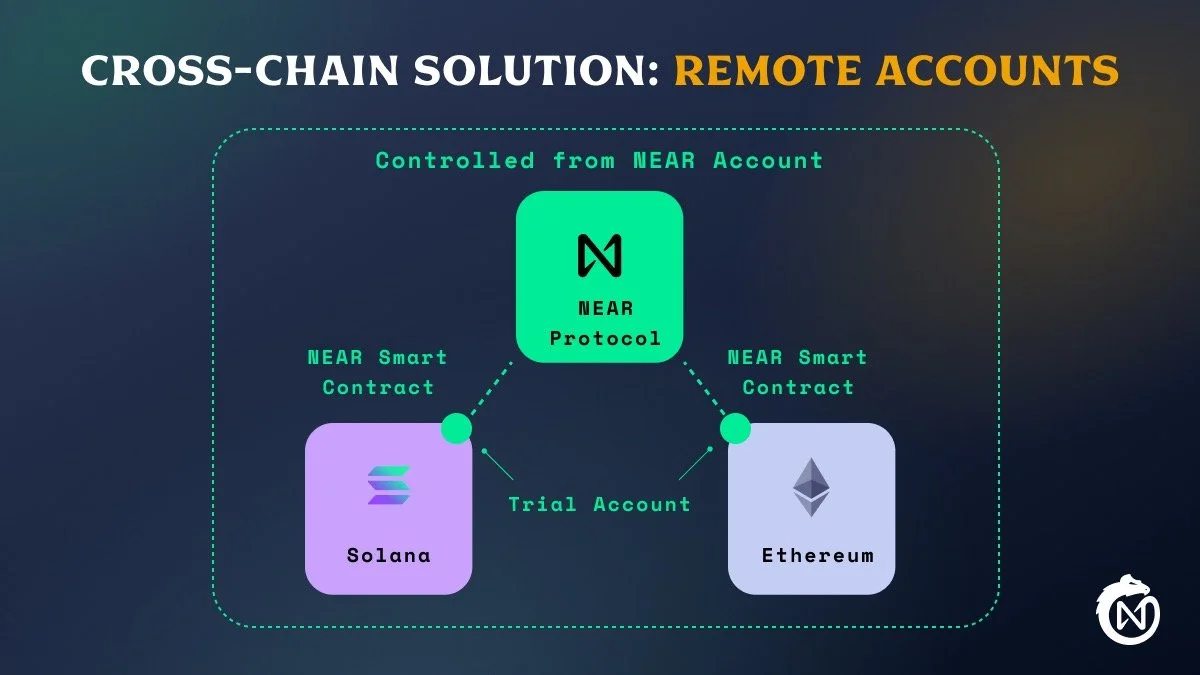An Overview of Account Abstraction on NEAR
Account abstraction has become trendy in recent months, as everyone from NEAR, to Polygon, to Solana, jockey for position in the upcoming cycle. Interoperability and bridging protocols continue to rise at high valuations, and everyone is starting to realize that if crypto is here to stay, it has to be usable.
$NEAR, going all the way back to its 2020 whitepaper, has loudly announced the importance of usability in blockchain, but only in the recent bear market has the NEAR team begun to build out the stack that has the promise of defining chain-abstraction.
Today, on the brink of a new cycle in crypto, the NEAR team has released a complete overview of Account Abstraction that paints a picture of a new paradigm for users of crypto. Not only does the NEAR Vision focus on making it easy to use the NEAR blockchain and all of its dApps therein, but it also outlines the technical architecture for a way for anyone to leverage a NEAR account to build or operate across other blockchains.
What You Need to Know About Account Abstraction on NEAR Protocol
From a high level, the promise of NEAR’s multi-chain strategy is not-intuitive if you are familiar with existing multi-chain and bridging infrastructure. $NEAR proposes to keep Assets on their native blockchain. And then, using NEAR Validators to provide MPC Signatures on other chains, a single NEAR Account can be used to operate across any blockchain.
This becomes clear with a couple of examples:
Example 1: Trading NFTs.
NFT’s as they are today, are not able to be fully bridged - insofar as every non-fungible token has meta-data that is chain specific and cannot be ‘re-created’ by issuing the same NFT on another chain. The NEAR vision for how two users could trade NFT’s with one another is described in the graphic below:
In this graphic, a single NEAR Account is able to manage balances on behalf of that user that sits on other blockchains. This includes NFTs. If Patricia wants to swap an Ethereum based NFT for a Jacksons’ Solana Based NFT, they can make this swap directly via NEAR account to NEAR Account, with individual or escrow accounts on other chains acting according to the NEAR Account command. Interestingly, in this design no NFT actually leaves its native blockchain: Patricia’s ETH NFT goes to Jackson’s ETH escrow account, while Jackson’s SOL NFT goes to Patricia’s SOL escrow account.
Illia explains this exact scenario on his recent appearance on Blockworks:
Example #2: Swapping Assets
The same principle applies to trading fungible assets.
As the graphic above outlines, just as Patricia and Jackson are able to swap NFTs that were minted on separate blockchains, the NEAR Account model also can accommodate the swapping of assets between chains without the need to digitally migrate those assets off of their native blockchain network. The NEAR Account abstracts the complexity from which Patricia can receive Jackson’s SOL into a SOL escrow address, while Jackson can receive Patricia’s ETH into an escrow ETH address.
Not only does this avoid double-creation of tokens and potential hacks, it also makes for the creation of a host of multi-chain use cases that can be created relatively easily:
Other use cases include:
Existing teams building on $NEAR have a native advantage in now deploying their existing dApp to users of other blockchains.
Here is how Interoperability Changes with NEAR’s Account Abstraction Plan:
Coming full circle, here is how NEAR’s vision of the future of interoperability, will radically shift how assets are currently managed across chains: In a fully decentralized and non-custodial manner, with the $NEAR account at the center of the story:
As the graphic shows, most bridges today rely upon an intermediary or interoperability protocol for re-issuing a native asset on another blockchain.
With NEAR, using NEAR Validators to provide MPC Signatures on other chains, a NEAR based dApp can still execute transactions on other blockchains outside of NEAR.
“NEAR accounts will be able to sign transactions for other chains, enabling the emergence of multichain apps directly on NEAR.”
Why is this going to change everything, in Illia’s own words?
From Illia on the Defiant Podcast earlier this year:









